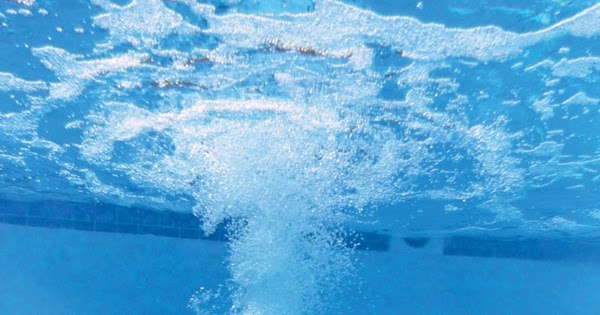
The Ultimate Guide to Koi Pond Aeration in Winter: Ensure Your Fish Thrive!
Introduction
Koi ponds are a beautiful addition to any garden, adding a tranquil and serene atmosphere to your outdoor space. However, maintaining a koi pond requires care and attention. One important aspect of koi pond maintenance is aeration, especially during the winter months. In this article, we’ll take a comprehensive look at koi pond aeration in winter and everything you need to know to ensure your fish thrive all year round.
Why Aeration is Important
Koi fish require oxygen to survive, just like any other fish. In the winter months, however, the colder water temperature can hold less oxygen, putting the fish’s health at risk. Additionally, winter is a time when many koi owners forget about their ponds or stop feeding their fish altogether. This results in a build-up of organic matter and debris which consumes the oxygen and creates harmful gases that can harm your koi.
Different Types of Aeration Systems
There are different types of aeration systems that you can choose from, depending on your budget and your specific needs. Some popular options include:
- Air pumps with diffusers: This is perhaps the most popular option for koi pond aeration and involves pumping up bubbles from the bottom of the pond to the top, thus increasing oxygen levels.
- Waterfalls and fountains: These are not only aesthetically pleasing but also helps with aeration as the water splashes and breaks the surface, adding oxygen.
- Aerator fountains: These fountains are not only beautiful but also oxygenate the water effectively.
- Submerged turbines: These can be more expensive but are effective for large ponds and provide a natural circulation of water.
- Surface aerators: These provide a consistent flow of highly oxygenated water, circulating and aerating it, without the use of electricity.
Aeration Techniques for Winter
Once you’ve chosen a suitable aeration system, it’s time to ensure your koi pond stays aerated throughout the winter months. Here are some tips to keep in mind:
1. Remove Debris
Before winter sets in, you should remove any debris from your pond as it can create anoxic conditions. Remove fallen leaves, twigs, and any other fallen debris to prevent it from decomposing in your pond. Additionally, run a fine-meshed skimmer to remove any smaller debris and organic matter.
2. Use a De-Icer
Installing a de-icer is an excellent way of ensuring your koi pond doesn’t freeze over in the winter months since this would cut out the supply of oxygen to the fish. You can choose between floating or submersible de-icers, both of which effectively prevent the pond from freezing over entirely.
3. Monitor Water Temperature
Install a thermometer in your pond to monitor the water temperature regularly. At a temperature of 50°F or lower, koi fish slow down, and their metabolism decreases, meaning they need less food but more oxygen. At 40°F, their metabolism shuts down altogether, and they require minimal oxygen to survive. Keeping an eye on the water temperature and adjusting your aeration system accordingly can save your fish from the risk of suffocation.
4. Reduce Feeding
As the temperature drops in winter, you should reduce your koi’s feeding drastically, as they don’t need as much food to keep their metabolism running. Overfeeding can lead to the build-up of organic matter, increasing the toxin levels and reducing the oxygen content in the pond.
Conclusion
Koi ponds are beautiful garden additions that require a bit of maintenance and care to keep the fish happy and healthy. Aeration is of utmost importance, especially during the winter months, and choosing a suitable aeration system for your koi pond is the first step towards keeping your fish thriving all year long. With these tips, you should be well on your way to creating a welcoming and healthy environment for your koi.





